Content Marketing 101: Crafting Content That Drives Results
Content marketing is an essential component of any successful digital marketing strategy.

It not only helps build brand awareness and credibility but also drives traffic and generates leads. In this blog post, we will discuss the fundamentals of content marketing and provide practical tips for crafting content that delivers results.
- Define Your Target Audience
Before you begin creating content, you must first identify your target audience. Understanding their needs, preferences, and pain points will enable you to tailor your content to address their specific concerns and interests. This, in turn, will help you attract and retain the right audience for your brand.
- Create a Content Marketing Strategy
Develop a comprehensive content marketing strategy that outlines your goals, target audience, content themes, and distribution channels. A well-planned strategy will not only provide a roadmap for your content creation efforts but also ensure that your content remains consistent and cohesive across all platforms.
- Focus on Quality Over Quantity
While it may be tempting to publish as much content as possible, it is crucial to prioritize quality over quantity. High-quality content will not only engage and inform your audience but also position your brand as an industry expert. Invest time and resources into creating content that provides value to your audience and addresses their needs and concerns.
- Utilize Different Content Formats
To keep your audience engaged and cater to different preferences, create content in various formats, such as blog posts, videos, infographics, podcasts, and ebooks. Experiment with different formats to determine which resonate best with your target audience and generate the most engagement.
- Optimize Content for Search Engines (SEO)
Search engine optimization (SEO) is crucial for increasing the visibility of your content in search engine results. Conduct keyword research to identify relevant terms and phrases that your target audience is likely to search for. Incorporate these keywords naturally into your content, as well as in meta tags, headers, and URLs, to improve your content's search engine ranking.
- Promote Your Content
Creating valuable content is only half the battle. To maximize your content's reach and impact, you must also actively promote it across various channels, such as social media, email newsletters, and guest blogging. Leverage your existing network and collaborate with industry influencers to amplify your content's visibility and reach a larger audience.
- Measure Your Content's Performance
Tracking the performance of your content is essential for evaluating the effectiveness of your content marketing strategy. Use analytics tools to monitor key metrics such as page views, time spent on the page, and conversions. Analyze this data to identify trends, patterns, and areas for improvement, and adjust your strategy accordingly.
Conclusion
Content marketing is a powerful tool for building brand awareness, credibility, and trust, as well as driving traffic and generating leads. By following these best practices, you can create compelling content that resonates with your target audience and delivers tangible results for your business. Remember that content marketing is an ongoing process that requires consistency, creativity, and continuous improvement to achieve long-term success.




